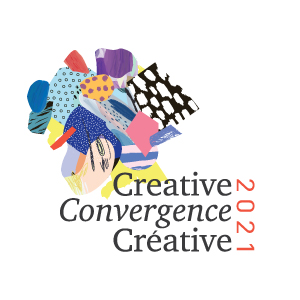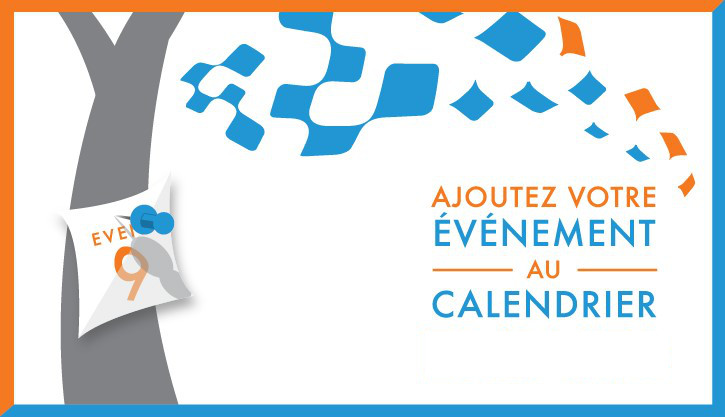By now, we all know we will not return to the old normal. There is growing agreement that our recovery must lead to greater inclusion, justice and sustainability – for a Canada where everyone matters.
We have created a hierarchy of values in the arts. Many major arts and entertainment products in our country are delivered by for-profit, often US-based, businesses. Large arts institutions, many grounded in Western European cultural values, provide their audiences with artifacts and programs that now may include excellent “outreach” activities such as backstage tours for donors, pre-performance talks, free entrance on Thursdays and drawing lessons on Sundays. These institutions and the work they present are important for their consumers/audiences, the artists who make the work and the administrators who are the conduits for public presentation. They are also the largest and most highly funded institutions.
But to create cultural democracy, in which every culture is acknowledged for its contributions to society, and all are treated equitably, we must reframe policy decisions within the whole ecology of the arts. We must value every aspect of creative expression…from your three-year-old singing about her dog in the bathtub to arts education in schools; from pottery classes at the community centre to celebrating cultural heritages and work for social justice. Artmaking is not exclusively the territory of professional artists. Nor is it a frill but rather an essential element of healthy, cohesive and innovative societies.
Why is this important? Artmaking then becomes an inclusive way of exploring, validating and sharing what matters. Image, sound, story, movement allow us to express, process and share our thoughts and feelings about our lives now.
While there is lots of rhetoric about “community participation”, we don’t hear much about an entire arts sector – hundreds of organizations across Canada that do community engagement work fulltime, not as an adjunct outreach activity. They operate on the premise that cultural expression is a basic human right. In community-engaged art (CEA) and art for social change (ASC), groups of people who may not self-identify as artists co-create art in any of its forms about what matters to them, this process facilitated by specially-trained, professional artists. Participants are collaboratively engaged in the work of weaving social fabric, supporting visions and problem solving for an equitable future, bringing people into connection across all kinds of barriers. This is artmaking that is both enjoyable and purposeful.
This work takes place in every corner of the country – with youth, seniors, in racialized and other marginalized communities. It addresses racism, intergenerational and intercultural issues. It is present in diverse mental and physical health agendas, for poverty reduction, in community development, environmental education and in strategic planning. Or it can share what it’s like to be a teenager today.
People are the experts of their own lives. Whether in the form of a play, a mural, a cell film, a dance, a song or stories, this art can be remarkably relevant, beautiful and moving because it expresses lived realities and dreams in a plural society.
Practiced worldwide, ASC has its own, unique goals, methods, pedagogy and scholarship. Collective creation and dialogue lead to empathy and insight, as well as solutions to often-complex problems. But this practice is much more. Image, sound, movement become reflections of what citizens are thinking and feeling now – and validate the creative voices of all participants, everyone whose perspectives and vision must become part of recovery conversations.
After providing tailored funding programs for the sector since 1997, the Canada Council for the Arts eliminated CEA/ASC as a unique discipline some six years ago, subsuming it under other art forms. Funding goes to a small number of organizations in the sector (at the time of writing, we can identify just eight that have received annual funding in the last round of grants) and individual artists but, just when their work is most needed, the vast majority of community engaged artists have given up trying to access support from Canada’s major arts funder.
Many local governments and foundations recognize the powerful impacts of this work, referencing international research and local experience – but have far fewer resources; a few federal departments are starting to bring ASC into their programs. Yet, as coming economic challenges will result in funding triage for the whole arts sector, many organizations are facing legitimate fears for their survival.
In a broader context, it is essential that policy making is informed by knowledge about who participates in arts and cultural activities, not only as “audiences”. We have not conducted a national environmental survey of the arts and culture landscape in Canada since the Massey Report in 1951 (which led to the creation of the Canada Council). Is it not the moment to do a comprehensive and inclusive scan? We cannot get “there” from “there”. We must know our own landscape.
It’s past time to mobilize the power of art in a more holistic and cohesive way. Creative citizen engagement and dialogue across difference is critical for our recovery. We have a choice. Imagination and innovation live in us all.
Judith Marcuse
February 1, 2021
Judith Marcuse, LL.D. (Hon.)
Artistic Producer, Judith Marcuse Projects
Founder/Co-Director, International Centre of Art for Social Change (ICASC)
Senior Fellow, Ashoka International
Coast Salish Territories of the xʷməθkwəy̓əm, Skwxwú7mesh and Səl̓ílwətaɬ Nations.
1.604.319.8436
https://icasc.ca




